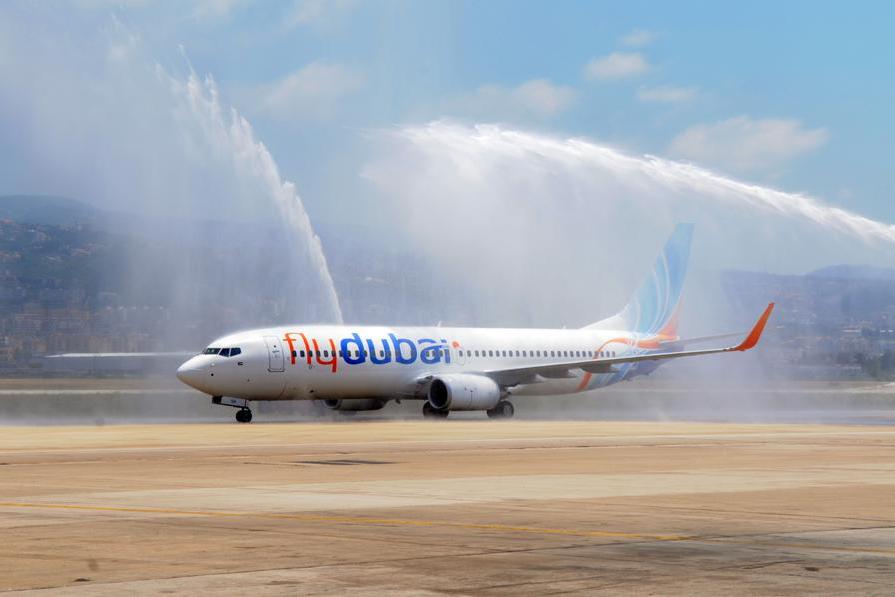Doubling capacity on India-UAE routes will help travellers save $1.05 billion: Report
By Staff Reporter
Dubai: Is an open skies policy—or the liberalisation of air traffic—between the UAE and India the only way to slash airfares?
While UAE carriers, including Emirates, flydubai, and Air Arabia, have been advocating for this over the past decade, bilateral seat entitlements for Dubai (66,000) and Abu Dhabi (50,000) have remained stagnant since 2014-2015.
A new report titled “Combined Skies: Unlocking the Benefits of UAE-India Aviation Liberalisation for Indian Travellers”, released by the Observer Research Foundation and the UAE Embassy in India makes a strong case for liberalising air service agreements between the two countries. The study indicates that even a 1 per cent rise in passenger volume from India to the UAE correlates with an approximate 0.2 per cent drop in average airfares.
During peak travel months, including summer, UAE-India-UAE airfares can soar up to 100 per cent compared to off-peak seasons for some destinations, making a last-minute flight unaffordable to the average traveller.
Moreover, liberalisation will vary across routes. High-density routes such as Delhi-Dubai and Mumbai-Dubai, which have reached saturation, won’t see much fare reductions. “In contrast, routes to smaller Indian cities, deemed more price-sensitive, could witness significant fare drops,” the report read.
“Liberalising air service agreements between the UAE and India could generate over $1 billion in consumer surplus for Indian travellers and significantly boost bilateral trade,” UAE Ambassador to India, Abdulnasser Jamal Alshaali, told CNBC-TV18.
He added, “Expanding connectivity would make it easier for tourists to travel across India, increasing economic activity and consumer spending.”
Benefits of a liberal air corridor
A phased 5 per cent annual increase in bilateral seat capacity is projected to add over $152 million in consumer surplus by 2028, directly contributing to Indian travellers’ savings, according to the report. “A more ambitious doubling of capacity over five years could yield an economic benefit exceeding $1.05 billion to Indian consumers. Thus, phased liberalisation up to 100 per cent can generate savings for Indian consumers exceeding $1.05 billion,” it explained.
Why hasn’t it happened yet?
With all the benefits cited in the report, why haven’t the two countries signed a deal yet? And this is despite having a Comprehensive Economic Partnership Agreement (CEPA) that has ignited a trade boom and is nearing the $100 billion target?
23-Year-Old From Dubai Exposes How She Earns AED12,946 A Day
World of Finance
India: Teacher arrested for honey trap attempt on student’s father
Invest in SALIK shares today and be part of the city’s growth
سالك
Meet UAE residents who worked on Eid Al Fitr holidays so others could celebrate
Unlock the potential of the S&P 500: Discover 5 reasons to Invest
eToro Market Updates
Batman Forever and Top Gun star Val Kilmer dies at 65: NYT
Hong Kong – the Gateway to Global Business Setup & Expansion. Unlock Success in Hong Kong!
Invest HK
Caught on camera: Delhi toddler killed by 15-year-old driver during Eid
The UAE has consistently expressed interest in exploring an Open Skies Agreement with India. However, the hesitation comes from the Indian side. “While the Indian aviation market has expanded, financial sustainability remains a concern. Several airlines have faced bankruptcy or financial distress, with Kingfisher Airlines shutting down in 2012 and Go First suspending operations in 2023,” the report stated.
Emirates, Etihad, Air Arabia, and flydubai operate extensive hub-and-spoke networks, whereas Indian carriers are still developing competitive international hubs in Delhi, Mumbai, and Bengaluru.
At an aviation event last year, Air India CEO Campbell Wilson said, “Indian carriers recently ordered more than 1,000 aircraft. We are committing to that because there would be an economic return to that investment, which, if you add it all, is well over $100 billion.”
However, he cautioned that if more bilateral rights were granted to hubs in other countries, it would impact Indian airlines’ ability to fill seats on those aircraft.
What’s the solution?
The report suggests a gradual approach, advocating for a doubling of flight capacity over five years to meet rising demand while avoiding market shocks. It also calls for investment in major Indian airports to develop them as international hubs while expanding UAE airline access to Tier-2 Indian cities. It also recommends that both countries launch a joint program to train professionals and collaborate on sustainable aviation fuels and carbon-neutral airport operations.
Cusp of an aviation boom
“The UAE and India stand at the cusp of an aviation boom—if they choose to seize it. Demand for air travel between the two countries is skyrocketing, yet current bilateral limits constrain growth,” the report stated. Passenger traffic on these routes reached 19 million in 2023, accounting for approximately 30 per cent of India’s international air traffic.
India must act quickly, as UAE carriers are focusing on other markets. At ITB Berlin earlier this year, Emirates Airline President Tim Clark expressed frustration over India’s lack of traffic rights, making the country less significant for the carrier as its global network expands.
“We have been building [capacity] since 2015,” Clark told Aviation Week. “For 10 years, we could not increase capacity to India; India therefore [became] less important to us.”
Clark added that Emirates is making “good money” from its overall expansion, stating, “It’s a loss to India [that] Emirates is not able to expand operations there.


